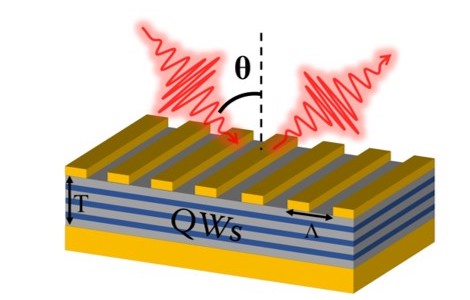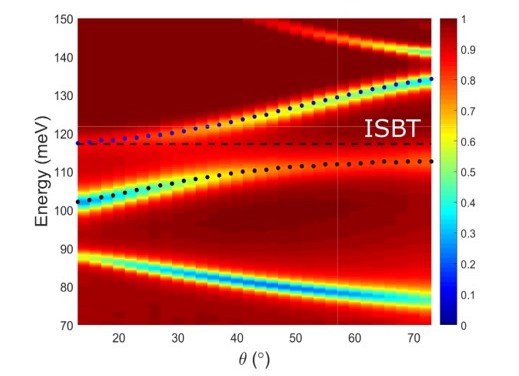Understanding and designing interactions between light and matter is crucial to many fields, and can further provide valuable insights into the nature of matter itself. Besides, it is at the base of a variety of applications that involve light generation, manipulation and detection through photonic components such as light sources (e.g., lasers, LEDs), solar cells and equipment for optical communication, used in present and future society.
This IOM research line focuses on both experimental and theoretical efforts to relate local structural and electronic properties, including point defects, few-atom clusters and quantum dots and spectroscopic contamination studies, to performance of devices ranging from optical fiber sensors to luminescent devices and optical elements.
Light and matter can be so strongly linked that their characteristics become indistinguishable. While optoelectronic devices such as conventional lasers typically operate in the weak coupling regime, this coupling strength can be made so strong that new states that are partially light and partially material excitation are established. We develop engineered semiconductor quantum systems including intersubband polaritons in quantum wells/microcavity structures, quantum dots/photonic crystal cavity systems and plasmonic nanoapertures. Such systems will at the base for breakthrough applications in quantum optical communication and information technology.

Schematics of a microcavity for operation in strong light matter coupling with intersubband transitions (ISBT) in semiconductor quantum wells.

Angle-resolved electron-energy dispersion, showing lower and upper polaritons reflectivity minima (Photonics 6, 38 (2019).)